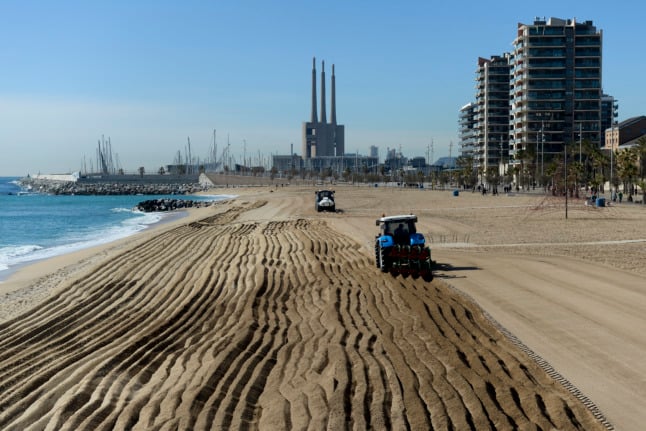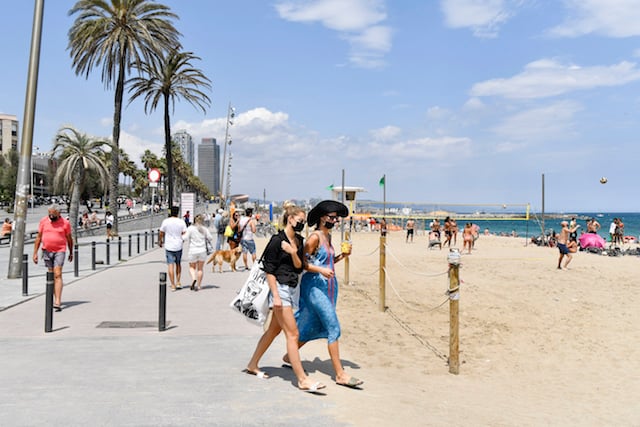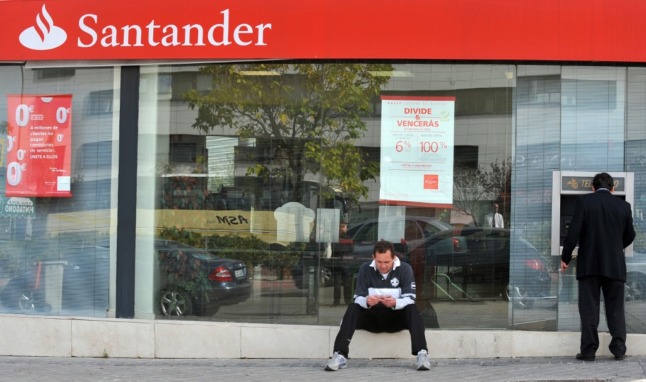Barcelona may be famed for its beaches and they may be one of its biggest tourist draws, but it hasn’t always been this way.
In fact, Barcelona didn’t used to have any beaches at all, just ports and seaside neighbourhoods. It wasn’t until 1992 when the city held the Olympic Games that these neighbourhoods were demolished and the beaches were created.
What’s the problem?
Since 2017, the city’s beaches have been losing between six and 10 metres of width per year, according to a recent study by the Área Metropolitana de Barcelona (AMB).
This beach erosion means that every year there is less and less sand for residents and tourists to lie on and enjoy.
This is not a new problem however and has been going on much longer than four and half years. In 2016, the Barcelona City Council revealed that since 2010 Barceloneta Beach had lost over 15 metres in width, which is equivalent to 28 percent of its surface area.
In another 2016 report, the regional authorities of Barcelona also showed that its beaches as a whole had lost 17 percent of their total amount of sand during the same time period, the same as five football pitches.
Why is it happening?
The study attributes this to the fact that there have been more storms than normal since 2017, which has prevented the natural recovery of the beaches.
Storm Gloria in January 2020 in particular caused significant damage to the beaches in the area and caused even more sand to be washed away.
In short, most of this is to do with climate change.
The beaches that have been most affected and have lost the most amount of sand are those in the lower Maresme region and the towns of Masnou and Badalona.
 Barcelona beaches being destroyed during a storm. Photo: JOSEP LAGO / AFP
Barcelona beaches being destroyed during a storm. Photo: JOSEP LAGO / AFP
What’s being done about it?
The Barcelona City Council has been continually adding a little sand to its beaches each year and moving it around from areas that have more to areas that have less.
Aitor Rumín, head of the beach management service of the Barcelona Consistory told El Pais last month that “the last major contribution of sand was made by the ministry in 2010. Since then we have only lost sand”.
“It’s survival, but we can’t do much more. The beaches lose 30 cubic meters of sand per year, especially in the southern parts of each of the beaches. The coastline is receding and we have beaches like Mar Bella, Nova Mar Bella and Llevant, where we can’t do anything to regain the sand,” he said.

While moving the sand around and adding a little each year may help to cover up the problem in the short term, it’s not really helping solve the problem and a long-term solution needs to be found.
The Área Metropolitana de Barcelona have been trying to stop the beach erosion with their Resilience Plan, which will ask for greater contributions of sand to try and balance out the current losses and divide the beaches up with breakwaters.
In the case of Badalona, it has been proposed that 13,200 cubic metres of sand be added to the beach each year, as well as to rethink the layout of the equipment located on the seafront. The construction of a breakwater on La Mora beach has also been proposed.
In Sant Adrià, the plan is to build another breakwater, as well as to remove the jetty in front of the old industrial areas. The council also hope to add a further 95,000 cubic metres of sand.
It is thought that similar plans may be carried out on Barcelona’s other beaches.
Is this a problem anywhere else in Spain?
Yes, beach erosion is a problem throughout Spain, as well as throughout the world, due to climate change.
Theocharis Plomaritis from the University of Cádiz who was one of the co-authors of the Nature Climate Change study published in March 2020, told El Periodico that by the end of the century the retreat of the beaches in Spain and Southern Europe could be 86 metres, if no measures are taken to contain climate change.
According to the study, in the best case scenario – with measures to mitigate the effects of climate – the loss of sandy beaches in Spain would be 60 metres and 27 of these metres by 2050.





 Please whitelist us to continue reading.
Please whitelist us to continue reading.
Member comments